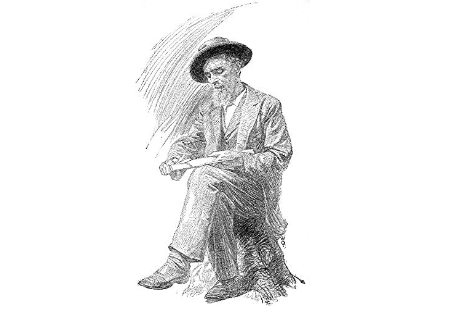Here is a list of influential figures in the history of osteopathy, along with some specific details about their contributions:
- Andrew Taylor Still: Developed the principles and practices of osteopathy in the late 19th century. Still was a physician and surgeon who believed that the body had the ability to heal itself if it was in proper alignment and function. He developed a system of diagnosis and treatment that focused on manipulating the bones, joints, and muscles to restore balance and improve overall health.
- William G. Sutherland: Developed the concept of cranial osteopathy, which involves the manipulation of the bones of the skull to improve the functioning of the nervous system and other organs.
- Charles Still: Helped to spread the teachings of osteopathy and establish it as a recognized medical profession.
- Rollin E. Becker: Worked to establish osteopathy as a recognized medical profession and was instrumental in the development of the American Osteopathic Association.
- John Martin Littlejohn: A leading figure in the development of osteopathic manipulative medicine, which involves the use of manual techniques to diagnose and treat musculoskeletal disorders.
- James Cyriax: Known for his work on the diagnosis and treatment of musculoskeletal disorders. He developed a system of examination and treatment that focused on identifying and treating abnormalities in the muscles and joints.
These individuals have made significant contributions to the development and advancement of osteopathy, and their work has helped to establish it as a recognized form of healthcare around the world.



